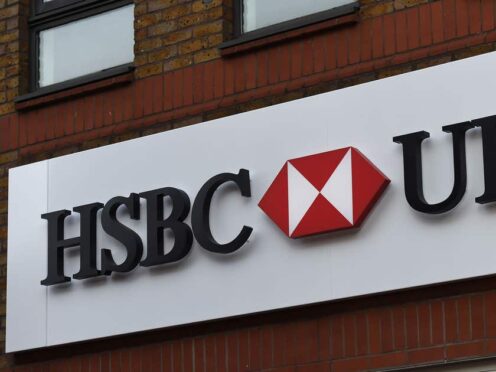HSBC UK has launched a new switching offer of up to £220, which involves taking out a current account as well as regularly putting money into savings.
Customers can receive £100 after opening an Advance or Premier Account and meeting the criteria, which includes opening an Online Bonus Saver.
If customers continue to meet ongoing monthly criteria including making a monthly deposit of a minimum of £50 into their Online Bonus Saver they could receive up to a further £120 over 12 months as part of the offer, receiving up to £220 in total.
The Online Bonus Saver pays 4.00% AER (annual equivalent rate) on balances up to £50,000 and 2.30% AER on any part of the balance which is over £50,000.
However, a standard rate of interest of 2.00% applies to balances in any month where a withdrawal is made or the account is closed.
The interest rate including bonus is paid in any month where someone does not make a withdrawal or close their account.
The £220 offer is subject to certain terms and conditions.
To qualify for the initial £100 incentive, terms include using the Current Account Switch Service (Cass) for the switch, which must include at least two direct debits or standing orders.
Within 60 days of opening the account, customers must deposit at least £1,500, which could be money from a salary, and make at least 20 transactions using their HSBC debit card.
They must also register and log on to mobile banking and open an Online Bonus Saver and deposit at least £50.
If customers complete all the above steps, they will receive £100 paid into their current account within 30 days.
To receive a further £120, customers must complete all the qualification criteria, and also make a monthly deposit of a minimum of £50 into their Online Bonus Saver.
Customers will receive £10 per month, up to a maximum of £120 or 12 monthly payments, paid by the 20th of the following month if they have met qualifying criteria in the previous month.
Not qualifying for the £10 bonus during one particular month does not prevent customers from qualifying the next month.
There are also some exclusions with the offer.
The switch offer is not open to existing HSBC UK and First Direct customers who have been customers of the banks since on or after January 1 2019.
Customers will also not qualify if they are Channel Island or Isle of Man residents.
HSBC said the offer is available “until further notice”.
Cash switching offers from other banks currently include £200 to move to a NatWest/RBS current account and £175 to switch to Lloyds.
James Hyde, spokesman at financial information website Moneyfactscompare.co.uk, said: “HSBC has joined the small group of providers currently offering cash incentives to attract consumers.
“This switching offer of up to £220 makes it potentially the most lucrative on the market at present.
“However, it’s worth pointing out that £120 of this figure is dependent on regular deposits being made over 12 months.
“Switching offers such as these are a great way of securing an instant cash injection, and incentives to encourage continuous saving are always a welcome option too.
“The process of transferring a current account is often very straightforward, so consumers would be wise to consider their options if they like what they see elsewhere.”
